This is archived page of the European Optical Society. Check new website from here.
Tutorials will be held on Topical Meeting topics on Monday, 8 October, 2018, prior to the conference program (conference starts 9 October, 2018). The tutorials are targeted for students new to the field but also others are welcome to attend. Participation of these tutorials is free for all registered participants of the conference. Registration is mandatory: https://www.conftool.com/eosam2018.
See also Autumn Physics School for Metrology.
Sensing applications enabled by silicon photonics (TOM1)
Roel Baets, Ghent University, Belgium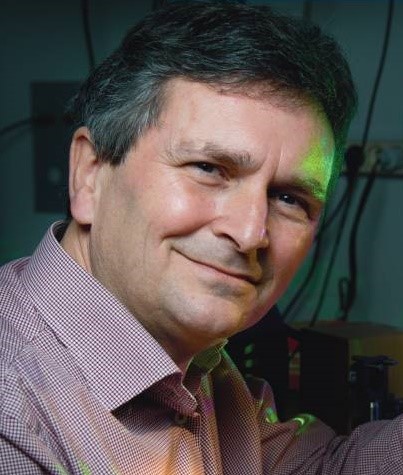 Roel Baets has since 1989 been a professor in the Faculty of Engineering and Architecture of UGent where he founded the Photonics Research Group. Roel Baets has mainly worked in the field of integrated photonics. He has made contributions to research on photonic integrated circuits, both in III-V semiconductors and in silicon, as well as their applications in telecom, datacom, sensing and medicine. Web of Science reports over 600 publications with an h-index over 60. As part of a team of 8 professors Roel Baets leads the Photonics Research Group. With about 90 researchers this group is involved in numerous (inter)national research programs and has created four spin-off companies.
Roel Baets has since 1989 been a professor in the Faculty of Engineering and Architecture of UGent where he founded the Photonics Research Group. Roel Baets has mainly worked in the field of integrated photonics. He has made contributions to research on photonic integrated circuits, both in III-V semiconductors and in silicon, as well as their applications in telecom, datacom, sensing and medicine. Web of Science reports over 600 publications with an h-index over 60. As part of a team of 8 professors Roel Baets leads the Photonics Research Group. With about 90 researchers this group is involved in numerous (inter)national research programs and has created four spin-off companies.
Mathematical methods for illumination optics (TOM 2)
Jan Ten Thije Boonkkamp, Eindhoven University of Technology, the Netherlands
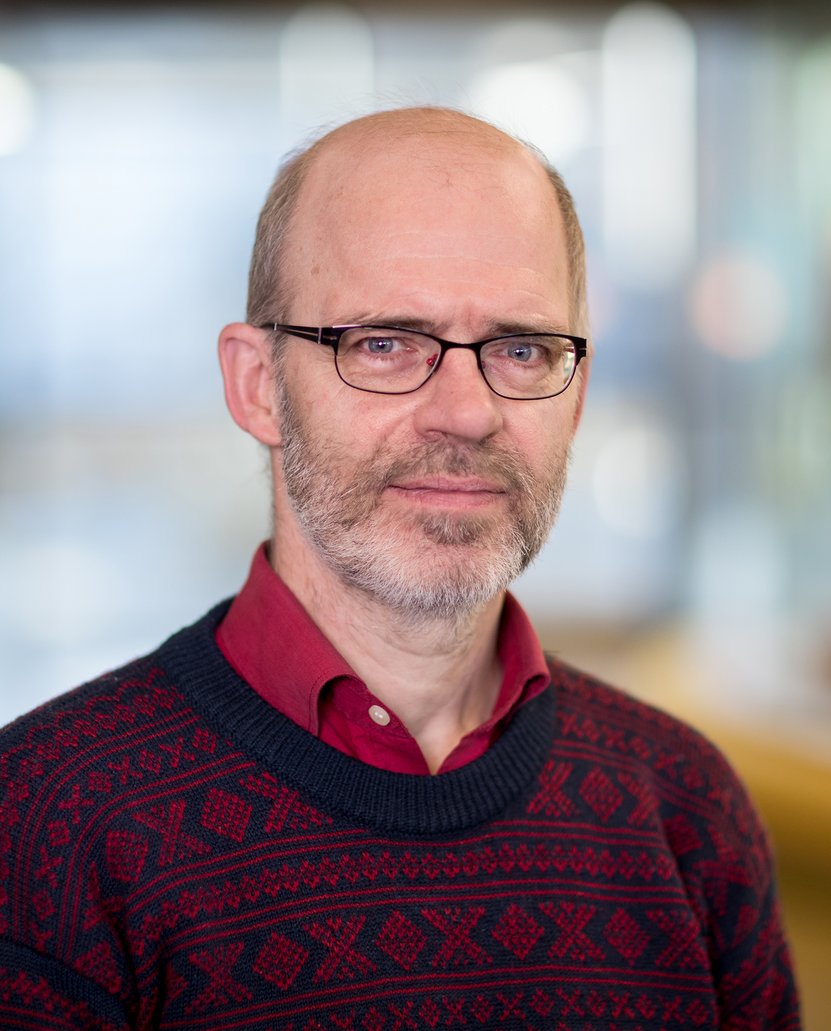 Jan ten Thije Boonkkamp is an Associate Professor in the Department of Mathematics and Computer Science at Eindhoven University of Technology (TU/e). His research interests include: * Numerical analysis - numerical methods for partial differential equations, finite volume methods for conservation laws, complete flux schemes, hyperbolic systems, time integration methods, Monge-Ampère equation, ray tracing * Applied sciences: computational fluid dynamics, combustion theory, plasma physics, semiconductor simulation, computational illumination optics Jan operates two main research lines * Develop mathematical models for illumination optics, both analytical and numerical. An optical system is formulated as an optimal transport problem, subject to energy conservation. This approach allows us to derive a nonlinear PDE defining one of the optical surfaces. Efficient numerical solution methods for this equation are developed. * Develop novel flux approximation schemes for conservation laws. Basic idea is to compute the numerical flux from a local boundary value problem. The resulting numerical solution features properties of the exact solution
Jan ten Thije Boonkkamp is an Associate Professor in the Department of Mathematics and Computer Science at Eindhoven University of Technology (TU/e). His research interests include: * Numerical analysis - numerical methods for partial differential equations, finite volume methods for conservation laws, complete flux schemes, hyperbolic systems, time integration methods, Monge-Ampère equation, ray tracing * Applied sciences: computational fluid dynamics, combustion theory, plasma physics, semiconductor simulation, computational illumination optics Jan operates two main research lines * Develop mathematical models for illumination optics, both analytical and numerical. An optical system is formulated as an optimal transport problem, subject to energy conservation. This approach allows us to derive a nonlinear PDE defining one of the optical surfaces. Efficient numerical solution methods for this equation are developed. * Develop novel flux approximation schemes for conservation laws. Basic idea is to compute the numerical flux from a local boundary value problem. The resulting numerical solution features properties of the exact solution
Optical and material-driven resolution enhancementsfor semiconductor litography (TOM 3)
Andreas Erdmann, Fraunhofer Institute for Integrated Systems and Device Technology IISB, Germany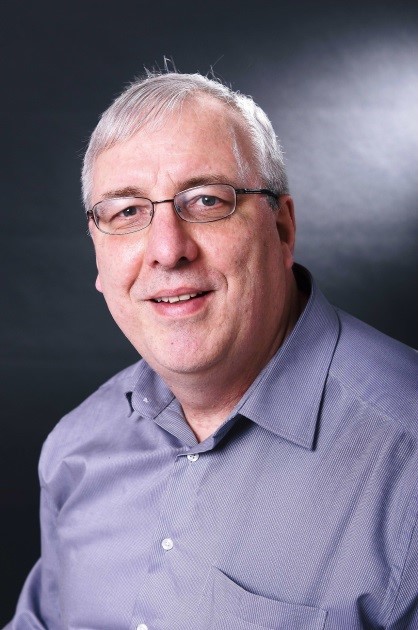 Andreas Erdmann is head of the Fraunhofer IISB lithography and optics group and teaches as “Privatdozent” at the University of Erlangen. Dr. Erdmann is also mentor of the Erlangen school of advanced optical technologies (SAOT), which is one of the Excellence Initiatives of the German Research Foundation (DFG). Dr Erdmann’s fields of research include simulation of optical lithography, computational imaging, computational electrodynamics, microelectronic process technology, and modern optics. He is a renowned expert in optical and EUV lithography with almost 20 years of experience and more than 170 scientific publications in this field. He chaired SPIE conferences on “Optical Microlithography” and “Optical Design” and is organizer of the International Fraunhofer Lithography Simulation Workshop. He contributed to the development of several advanced lithography simulators including the Development and research LiTHOgraphy simulator Dr.LiTHO. Dr. Erdmann is Fellow of the SPIE.
Andreas Erdmann is head of the Fraunhofer IISB lithography and optics group and teaches as “Privatdozent” at the University of Erlangen. Dr. Erdmann is also mentor of the Erlangen school of advanced optical technologies (SAOT), which is one of the Excellence Initiatives of the German Research Foundation (DFG). Dr Erdmann’s fields of research include simulation of optical lithography, computational imaging, computational electrodynamics, microelectronic process technology, and modern optics. He is a renowned expert in optical and EUV lithography with almost 20 years of experience and more than 170 scientific publications in this field. He chaired SPIE conferences on “Optical Microlithography” and “Optical Design” and is organizer of the International Fraunhofer Lithography Simulation Workshop. He contributed to the development of several advanced lithography simulators including the Development and research LiTHOgraphy simulator Dr.LiTHO. Dr. Erdmann is Fellow of the SPIE.
Optimization in Optics Fabrication (TOM 3)
Oliver Fähnle, Fisba, Switzerland Oliver Fähnle is a specialist in optical fabrication and testing technologies, carrying out applied research focusing on product and fab process developments applying project management. He has more than 24 years experience in applied optics & optics fabrication, and running projects within both university and industry. He authored more than 105 reviewed scientific papers papers including 6 invited conference papers and 10 full-journal papers. He is an inventor of several patents, a visiting lecturer to the University of Deggendorf, Germany, and the head of the industrial advisory committee of the European Optical Society. He has organized several workshops and conferences on the processing of glass surfaces and the manufacturing of optical systems, and remains the chair for TOM3 within EOSAM.
Oliver Fähnle is a specialist in optical fabrication and testing technologies, carrying out applied research focusing on product and fab process developments applying project management. He has more than 24 years experience in applied optics & optics fabrication, and running projects within both university and industry. He authored more than 105 reviewed scientific papers papers including 6 invited conference papers and 10 full-journal papers. He is an inventor of several patents, a visiting lecturer to the University of Deggendorf, Germany, and the head of the industrial advisory committee of the European Optical Society. He has organized several workshops and conferences on the processing of glass surfaces and the manufacturing of optical systems, and remains the chair for TOM3 within EOSAM.
Leaky nanoresonator modes: their nature, computation & applications (TOM 5)
Philippe Lalanne, Institut d’optique, Bordeaux, France
Abstract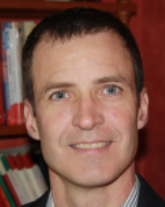 Dr. Philippe Lalanne is a CNRS scientist, expert in subwavelength-scale electrodynamics, with a particular emphasize on computational electrodynamics and modal methods. His work has provided deep insight into the physical mechanisms involved in key nanoscale optical phenomena and devices, e.g., light confinement in photonic-crystal cavities and the extraordinary optical transmission. He has designed and demonstrated novel nanostructures with record or completely novel performance in their time, e.g., diffractive artificial dielectrics known as metasurfaces nowadays, slow light injectors, directional plasmon launchers, and non-classical light source devices. He is presently heading the group “light in complex nanostructures” at the Institut d’Optique in Bordeaux. He is also deputy-director of GDR ondes that gathers the French community on electromagnetic waves (~300 researchers and 20 industrial companies). He has co-authored about 180 publications in peer-reviewed journals. He is a recipient of the Bronze medal of CNRS, the prix Fabry de Gramont of the French Optical Society. He is a fellow of the IOP, OSA and SPIE.
Dr. Philippe Lalanne is a CNRS scientist, expert in subwavelength-scale electrodynamics, with a particular emphasize on computational electrodynamics and modal methods. His work has provided deep insight into the physical mechanisms involved in key nanoscale optical phenomena and devices, e.g., light confinement in photonic-crystal cavities and the extraordinary optical transmission. He has designed and demonstrated novel nanostructures with record or completely novel performance in their time, e.g., diffractive artificial dielectrics known as metasurfaces nowadays, slow light injectors, directional plasmon launchers, and non-classical light source devices. He is presently heading the group “light in complex nanostructures” at the Institut d’Optique in Bordeaux. He is also deputy-director of GDR ondes that gathers the French community on electromagnetic waves (~300 researchers and 20 industrial companies). He has co-authored about 180 publications in peer-reviewed journals. He is a recipient of the Bronze medal of CNRS, the prix Fabry de Gramont of the French Optical Society. He is a fellow of the IOP, OSA and SPIE.
Charge and excited state dynamics in organic semiconductors (TOM 7)
Ferdinand C. Grozema, TU Delft, the Netherlands 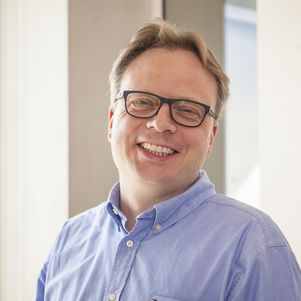 Fernidand C. Grozema works as an associate professor on Opto-electronic materials at the Department of Chemical Engineering in Delft University of Technology.
Fernidand C. Grozema works as an associate professor on Opto-electronic materials at the Department of Chemical Engineering in Delft University of Technology.
Contact details
Computer vision and 3D reconstruction basics (TOM 8)
Ivo Ihrke, ZEISS, Germany
Ivo Ihrke's research is centered around the physical forward and backward modeling of imaging processes and their theoretical analysis. The first line of research yields novel rendering algorithms for complex optical phenomena. The second results in 3D acquisition or other optical measurement devices.
Nanofiber optics: manipulating light on the subwavelength and nanometer scale (TOM 9)
Limin Tong, Zhejiang University, China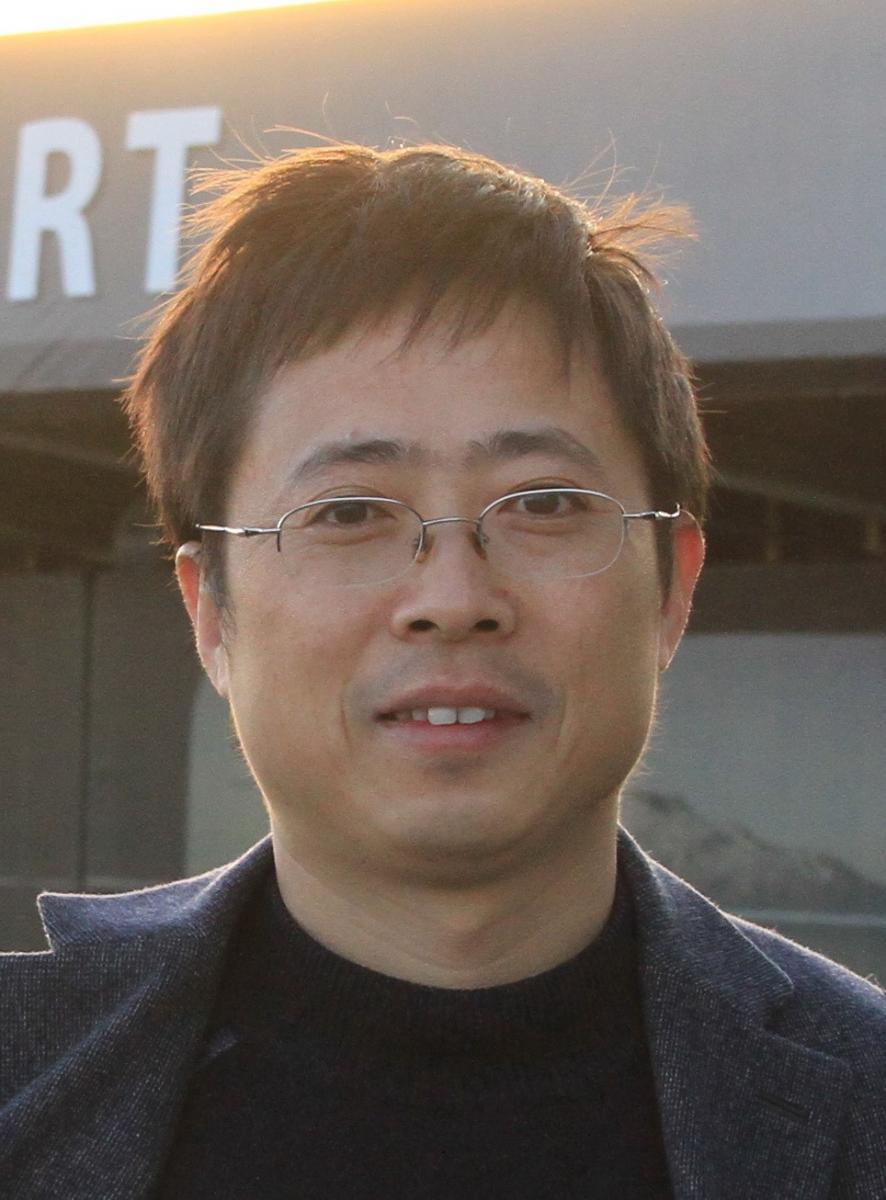 Limin Tong is a professor of College of Optical Science and Engineering at Zhejiang University, China. His research interest has been in the fields of nanophotonics and fiber optics, with emphases on nanofiber optics, nanoplasmonics and nanophotonic devices. He has co-authored about 180 publications in peer-reviewed journals, 1 book and more than 10 book chapters. He is a fellow of OSA, and has been served as an associate editor for Optics Express and Optica.
Limin Tong is a professor of College of Optical Science and Engineering at Zhejiang University, China. His research interest has been in the fields of nanophotonics and fiber optics, with emphases on nanofiber optics, nanoplasmonics and nanophotonic devices. He has co-authored about 180 publications in peer-reviewed journals, 1 book and more than 10 book chapters. He is a fellow of OSA, and has been served as an associate editor for Optics Express and Optica.
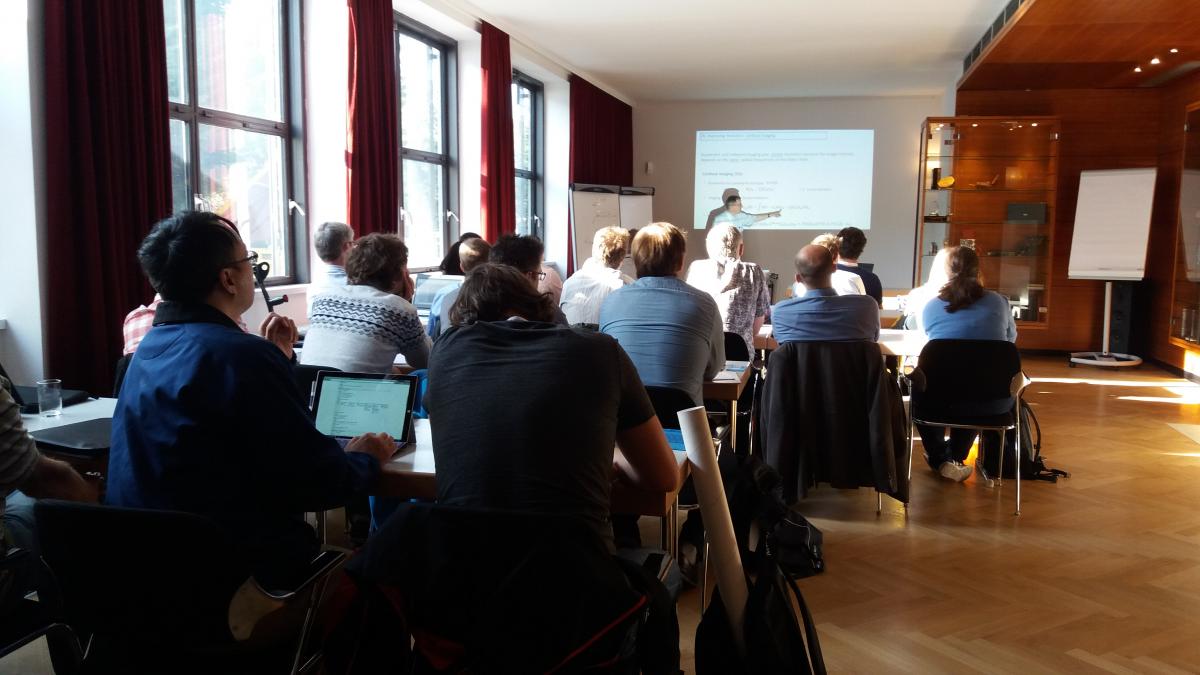 |
|
IMPORTANT DATES
PROGRAM
INFORMATION FOR PRESENTERS
REGISTER
TOPICAL MEETINGS AND SESSIONS:
TUTORIALS
AUTUMN PHYSICS SCHOOL
VirtualLab Seminar
EXHIBITOR PROFILES
SPONSORING and EXHIBITION PACKAGE
PUBLICATION OF PAPERS
ADDITIONAL INFORMATION
